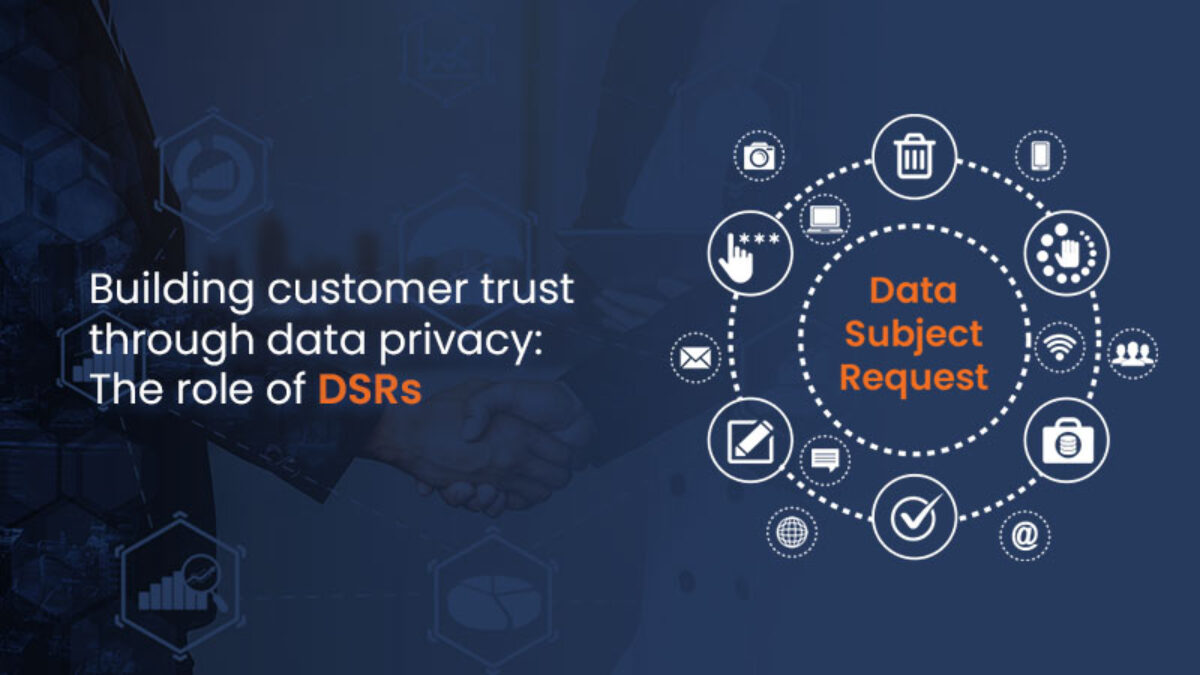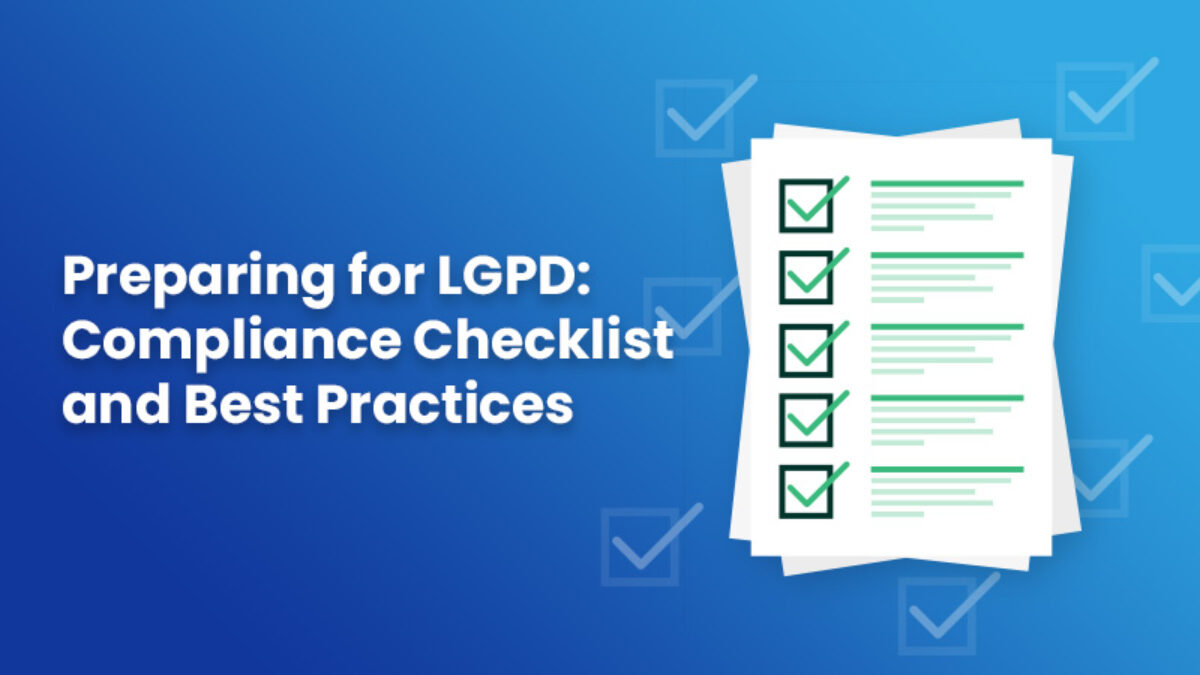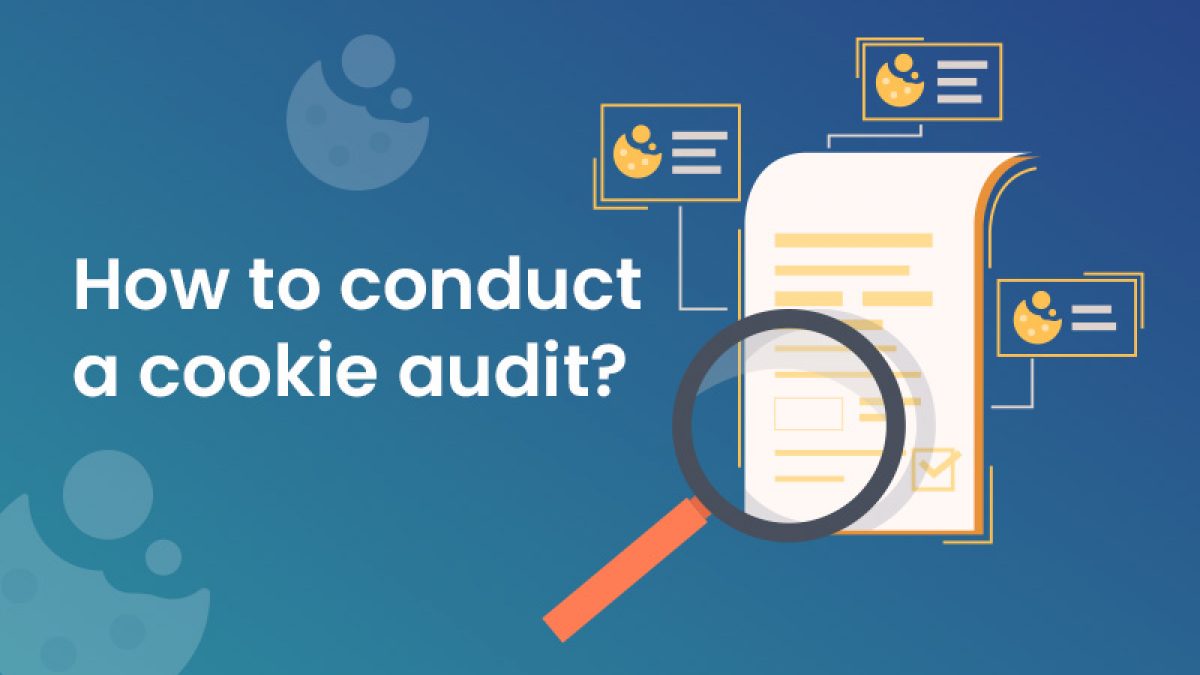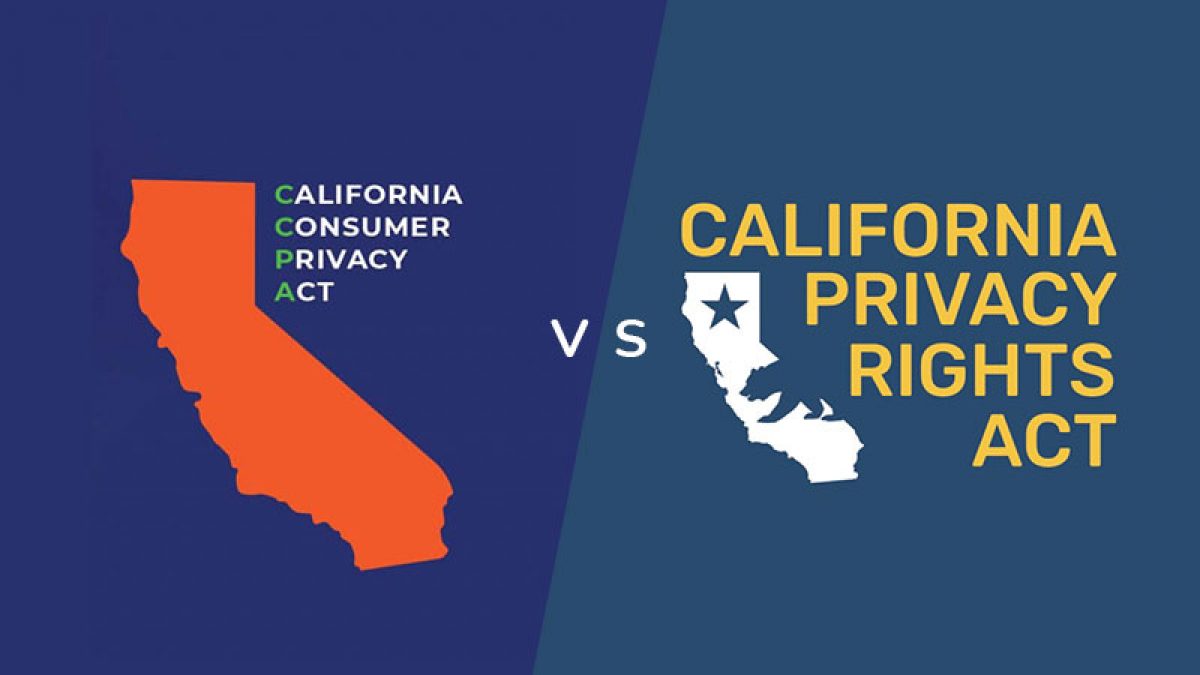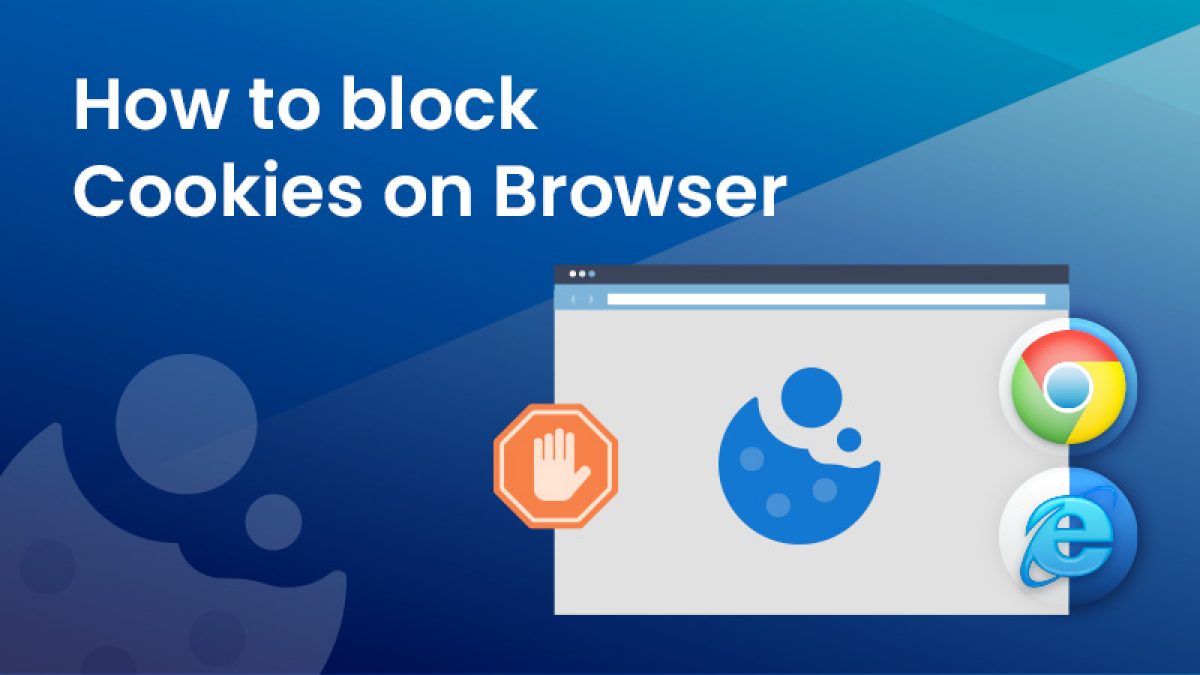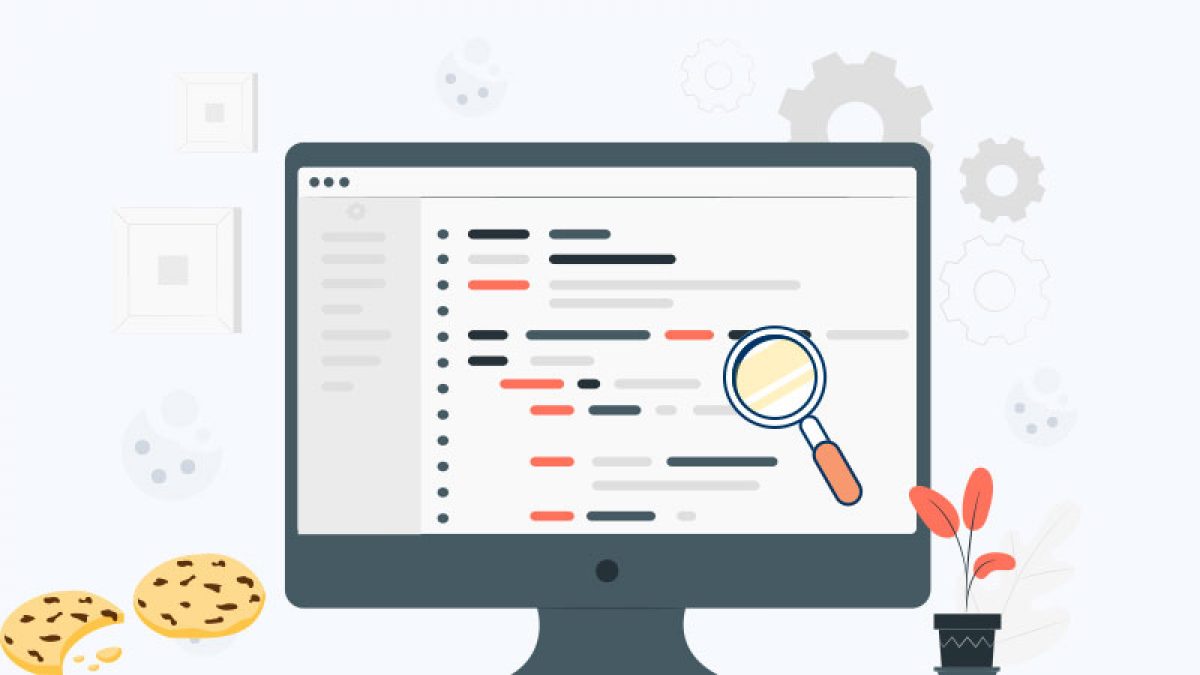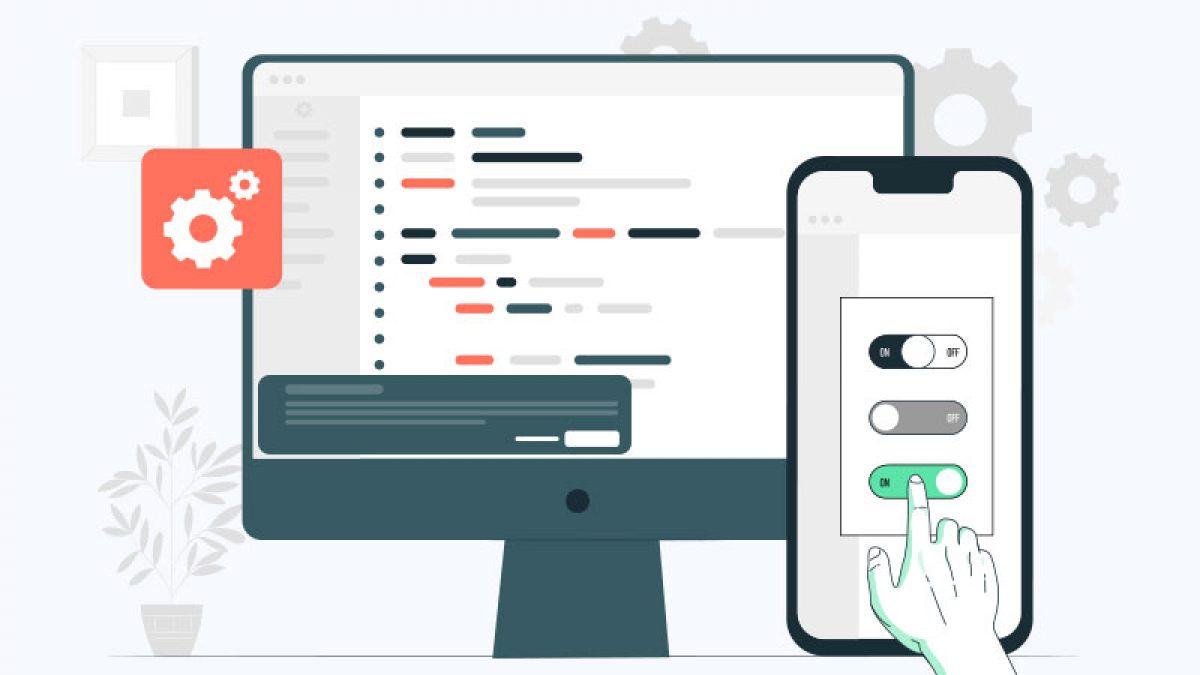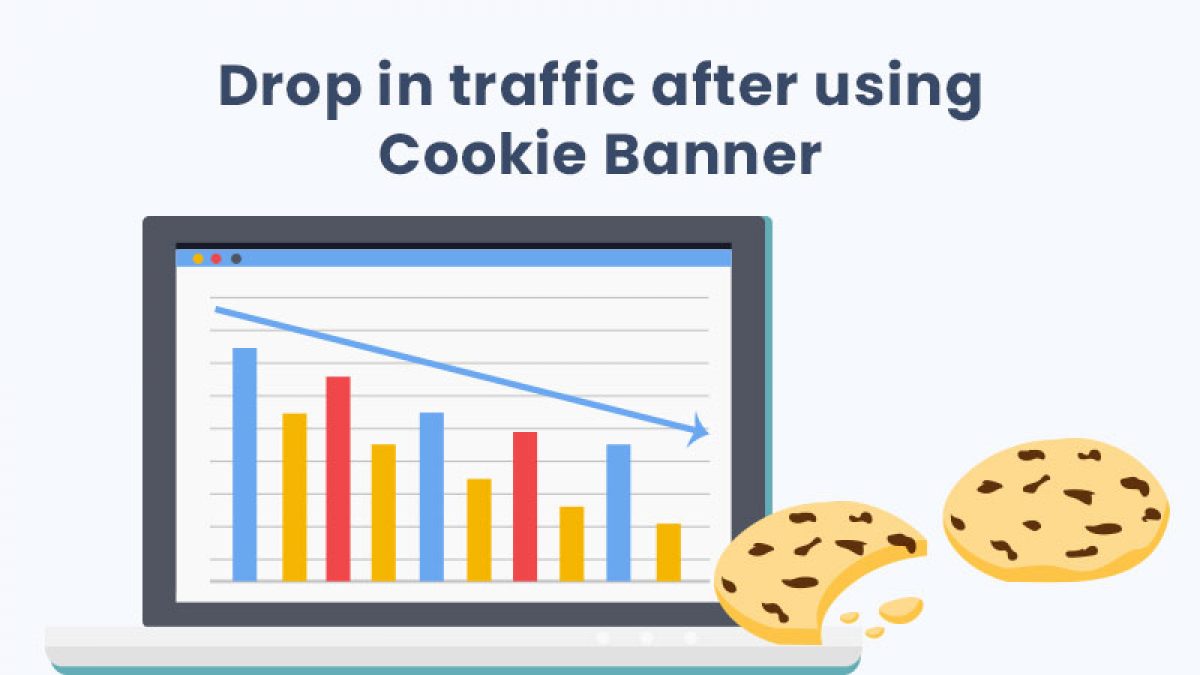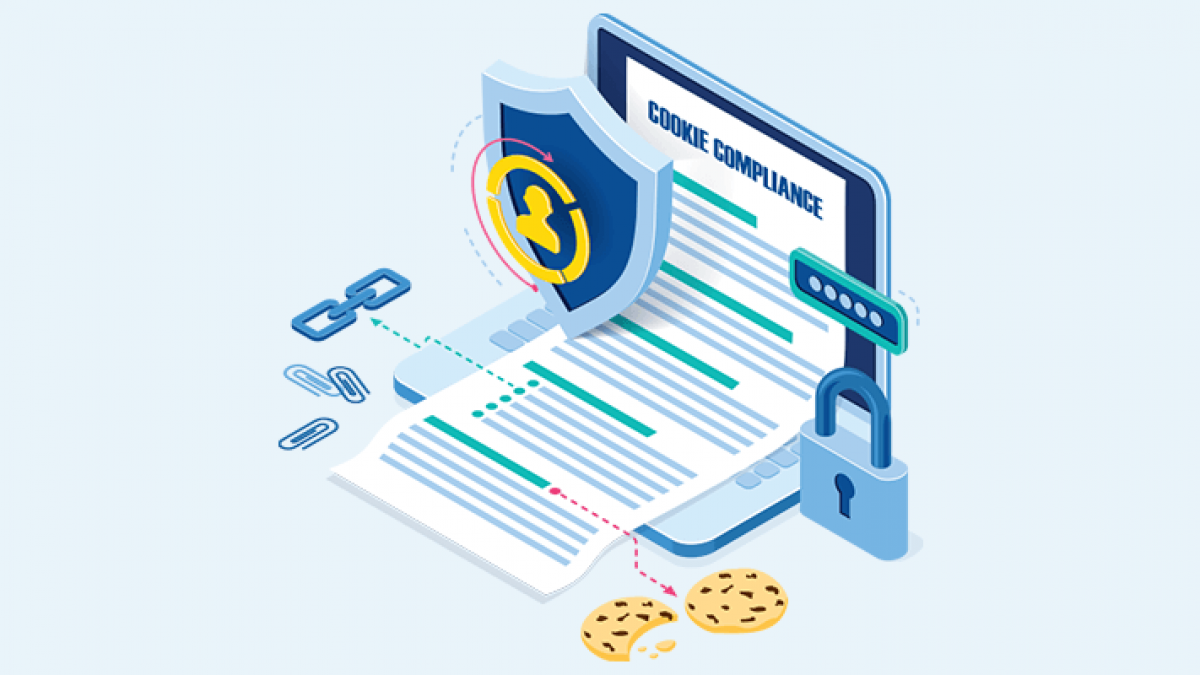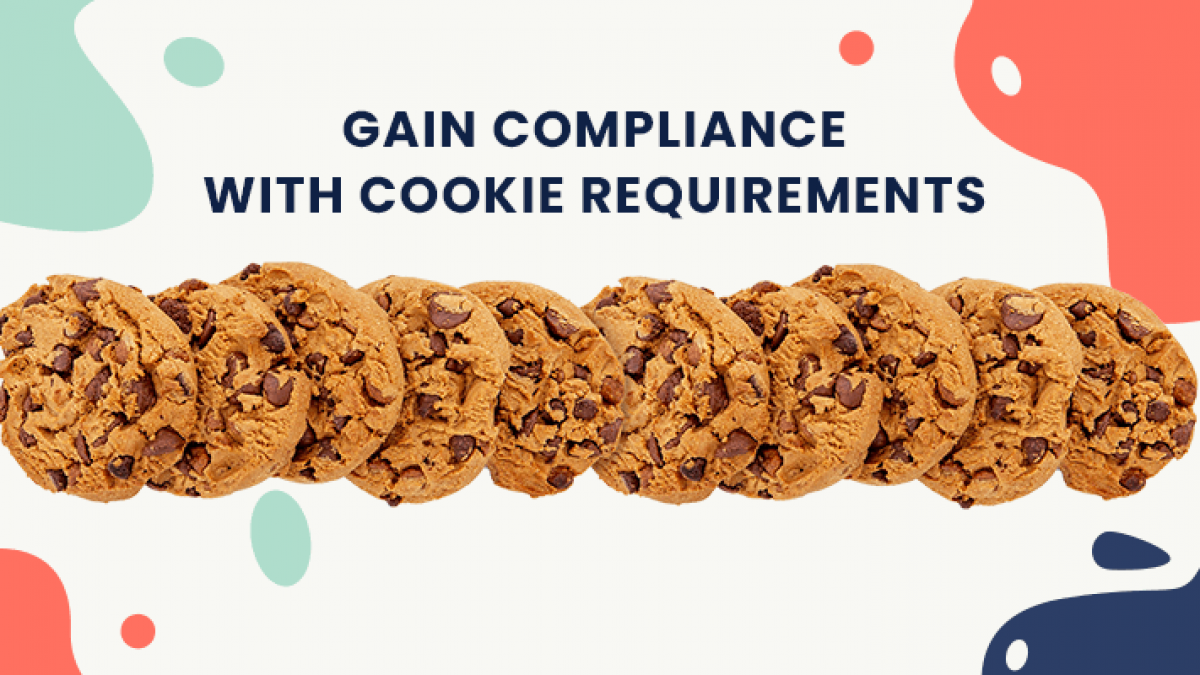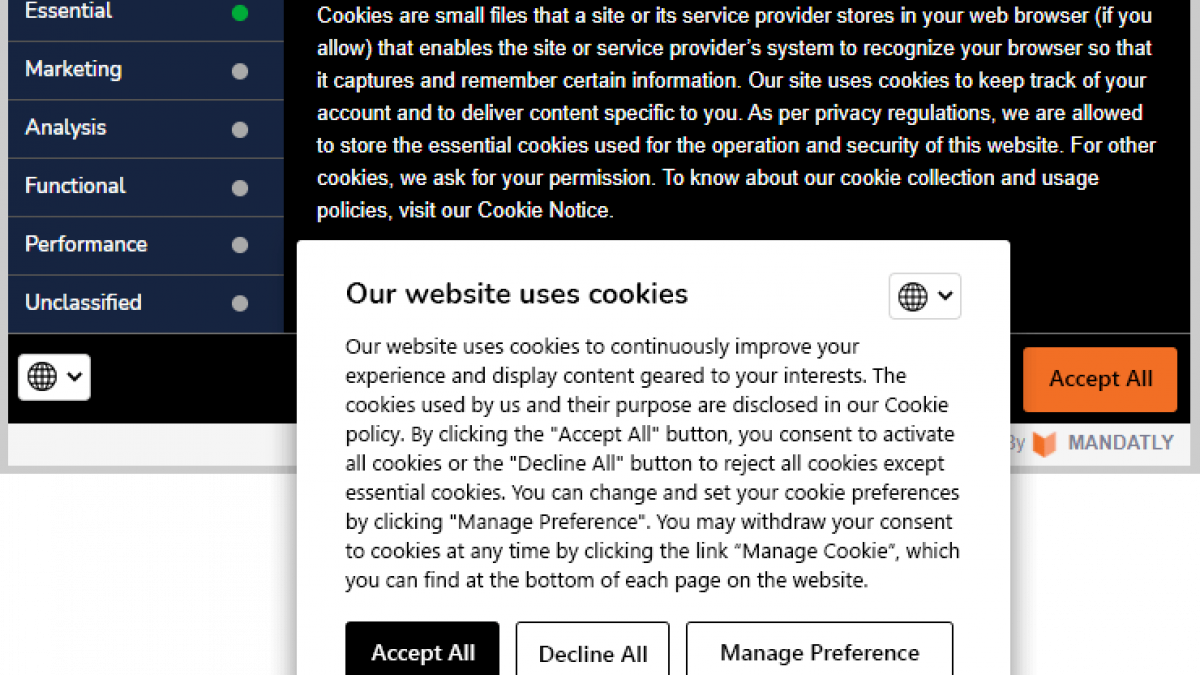7 Foundational Principles of Privacy by Design

About Privacy By Design
In our rapidly evolving digital landscape, where data flows continuously, safeguarding personal information is no longer a choice but an imperative. This is where Privacy by Design (PbD) takes center stage, offering a visionary approach that places data privacy by design at the forefront of technological advancement.
At its core are the 7 guiding principles of Privacy by Design, a set of foundational tenets that lay the groundwork for integrating privacy seamlessly into the very DNA of technology and systems. These principles go beyond mere compliance with privacy regulations; they encompass the essence of privacy by design requirements that empower individuals and organizations alike.
Whether you’re delving into GDPR or CCPA privacy by design, seeking to understand what is Privacy by Design principles, or conducting a Privacy by Design assessment, these principles serve as a compass, guiding us towards a digital landscape where privacy isn’t just a consideration—it’s the bedrock upon which our data-driven world is built. Lets delve into the “7 Guiding Principles of Privacy by Design” and understand why they’re indispensable in today’s data-driven age.
What is privacy by design?
Privacy by Design is an approach used while creating new systems and adapting modern technologies. It is the right time to incorporate privacy into tech and systems by default which shows that your product is designed with privacy as priority along with the basic purpose it serves.
Privacy by Design is based on the conception of privacy as the default modus operandi within the business models of organizations, extending to information technology systems that support data processing, related business processes and practices, and physical and logical design of the channels of communication utilized.
Privacy can be ensured by putting into practice the seven foundational principles defined by Ann Cavoukian. Organizations can strengthen their data protection practices by conducting a full privacy by design assessment before implementing any new systems or processes.
When should privacy by design be implemented?
- Privacy by design should ideally be implemented from the very beginning of any project or system development. This means integrating privacy considerations into the design and development processes from the outset rather than treating them as an afterthought.
- By doing so, privacy concerns can be addressed proactively, ensuring that privacy measures are built into the foundation of the project or system, rather than attempting to retrofit them later.
Objectives Of Privacy By Design
The objectives of Privacy by Design are as follows:
For individuals:
- To ensure protection for the privacy of individuals by integrating considerations of privacy issues from the very beginning of the development of products, services, business practices, and physical infrastructures.
- To ensure privacy and achieve personal control over one’s personal information, it is essential to incorporate principles of privacy by design assessment into the development and implementation of systems and processes.
For organizations:
- To gain a sustainable competitive advantage by implementing a framework to meet the privacy requirements that specifically mandate for the inclusion of privacy by design in their system or product development life cycle.
- To be enabled with privacy control monitoring to ensure that the products, applications, databases and networked IT systems are designed to comply with the Privacy by Design and by default principles.
Seven foundational principles of Privacy By Design
Step 1
Proactive not reactive; preventative not remedial
Proactive means that comes before-the-fact and not after. Security must be a priority from the beginning of the design process. Privacy by design also saves companies from reputation loss due to privacy issues. PbD does not offer remedies after the occurrence of privacy infractions instead it prevents them from occurring.
Step 2
Privacy as the default setting
Privacy by design delivers the highest level of privacy by ensuring that the personal data are protected automatically in any given IT system or business practice. Privacy is built into the system by default that if an individual does nothing, their privacy remains intact and no action is required on the part of individual for protection.
Step 3
Privacy embedded into design
Privacy by design is not bolted on as an add-on, after the fact instead it is embedded into the design, architecture of IT systems and business practices. Privacy is integral to the system, without diminishing functionality. It results into privacy becoming an essential component of the core functionality being delivered.
Step 4
Full functionality - positive-sum, not zero-sum
Privacy by design principles accommodate all objectives and legitimate interests in a positive sum manner, avoiding unnecessary trade-offs typically associated with a zero-sum approach. Additionally, it sidesteps false dichotomies such as privacy vs. security, demonstrating that it is possible to prioritize both seamlessly through robust privacy by design principles.
Step 5
End-to-end security - full life cycle protection
Privacy is embedded in the system prior collecting any piece of information and it follows throughout the whole lifecycle of the data involved and it ensures that all the data are securely collected, retained and destroyed in a timely manner. Thus, Privacy by Design ensures cradle to grave, secure lifecycle management of information, end-to-end.
Step 6
Visibility and transparency - keep it open
Privacy by design assures all stakeholders that despite any business practice or technology involved and operating as per the stated promises and objectives, it is subject to verification. All the component parts and operations remain visible and transparent to user and providers, but it should be Trust but verify practice.
Step 7
Respect for user privacy - keep it user-centric
PbD needs the architects and operators to keep the interests of the users in mind by providing privacy measures such as strong privacy defaults, appropriate notice, and empowering user-friendly options and hence making it user centric.
Summary of privacy by design
In embracing the seven foundational principles of PbD, we embrace a vision where privacy isn’t just a consideration but an integral part of our digital existence. It’s a world where personal data is respected, protected, and where individuals retain control over their digital identities.
So, as we conclude our journey through PbD, let us carry these principles forward, advocating for a digital landscape where privacy is not an afterthought but the very essence of our connected world. It’s a vision worth pursuing, a future where our data remains our own, and where privacy by design is not just a choice but a fundamental right.
How Mandatly helps with privacy by design?
Mandatly’s Software as a Service (SaaS) ‘Privacy by Design’ solution enables your organization to embed the principles of Privacy by Design in your product or system development.
Mandatly Provides
- Pbd Portal for bird’s eye view of your privacy controls.
- Privacy Checklists for different stages of the System Development Life Cycle (SDLC).
- Automated workflows and downloadable audit trails of your PbD initiatives.
